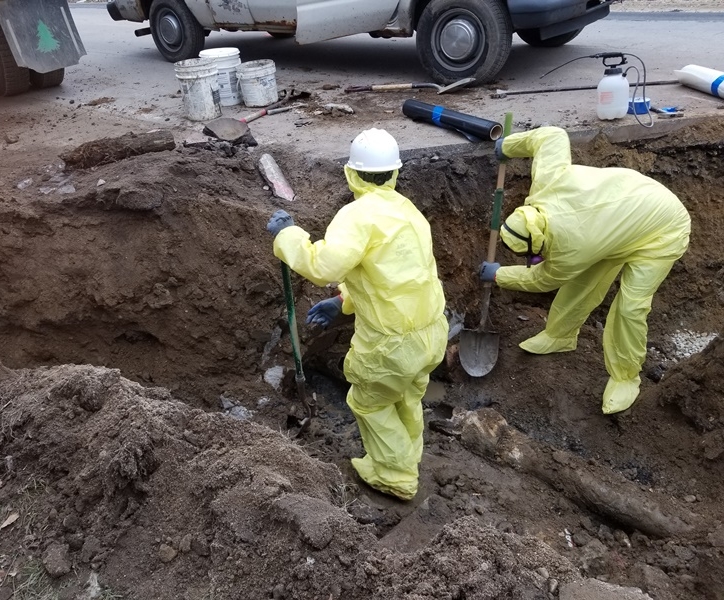Every day, employees in manufacturing plants, healthcare facilities, labs, and construction sites are exposed to hazards they can’t always see—dust in the air, chemical vapors, fumes from welding or coatings. Over time, even small exposures can add up to serious health problems and costly compliance issues.
That’s where worker exposure testing comes in. It’s how smart companies identify risks early, stay compliant, and protect the people who keep operations running.
What Is Worker Exposure Testing?
Worker exposure testing measures the levels of hazardous substances employees may come into contact with during a shift. This can include:
- Air monitoring for dust, gases, or vapors
- Surface testing for chemical residue
- Biological sampling such as blood or urine analysis to check for chemical absorption
The goal is simple—make sure exposure levels stay below the limits set by OSHA, NIOSH, or ACGIH.
Why It Matters
Exposure doesn’t have to be obvious to be dangerous. Low-level contact over weeks, months, or years can cause:
- Chronic respiratory problems, skin conditions, or neurological damage
- Higher workers’ compensation claims and insurance costs
- OSHA penalties and possible legal action
- Loss of trust from employees and the public
Pro Tip: By the time symptoms appear, it may be too late to reverse the damage. Testing gives you a chance to act before harm occurs.
OSHA Requirements for Monitoring
Under OSHA 29 CFR 1910, employers must:
- Monitor when exposure levels exceed the action level (AL) or permissible exposure limit (PEL)
- Keep and maintain exposure records for the required period
- Inform employees of the results and give them access to the data
- Take steps—engineering controls, administrative changes, or PPE—to bring exposure down to safe levels
Common substances that require regular monitoring:
- Silica dust
- Lead
- Formaldehyde
- Hexavalent chromium
- Welding fumes
When to Conduct Testing
You don’t have to wait for a problem to test. In fact, proactive monitoring is a best practice when:
- New chemicals or processes are introduced
- Workers report symptoms or concerns
- Ventilation or production equipment changes
- Periodically, as part of an ongoing industrial hygiene program
How to Run an Effective Program
- Identify roles at higher risk by reviewing job tasks and hazard assessments.
- Bring in certified professionals—industrial hygienists or environmental consultants who follow OSHA/NIOSH standards.
- Use consistent, approved testing methods to ensure accuracy and defensibility.
- Document everything and use the results to make changes, whether that means upgrading ventilation, adjusting processes, or issuing PPE.
How RPF Environmental Can Help
Our team specializes in detecting, measuring, and controlling workplace exposures. We offer:
- Personal air sampling and real-time exposure monitoring
- Job-specific risk assessments and data interpretation
- Compliance guidance and documentation support
- Customized mitigation plans and employee training
We work with clients across industries—manufacturing, healthcare, education, and construction—to keep workplaces safe, compliant, and productive.
Contact RPF Environmental today to schedule a worker exposure assessment or learn more about our industrial hygiene and safety services.





